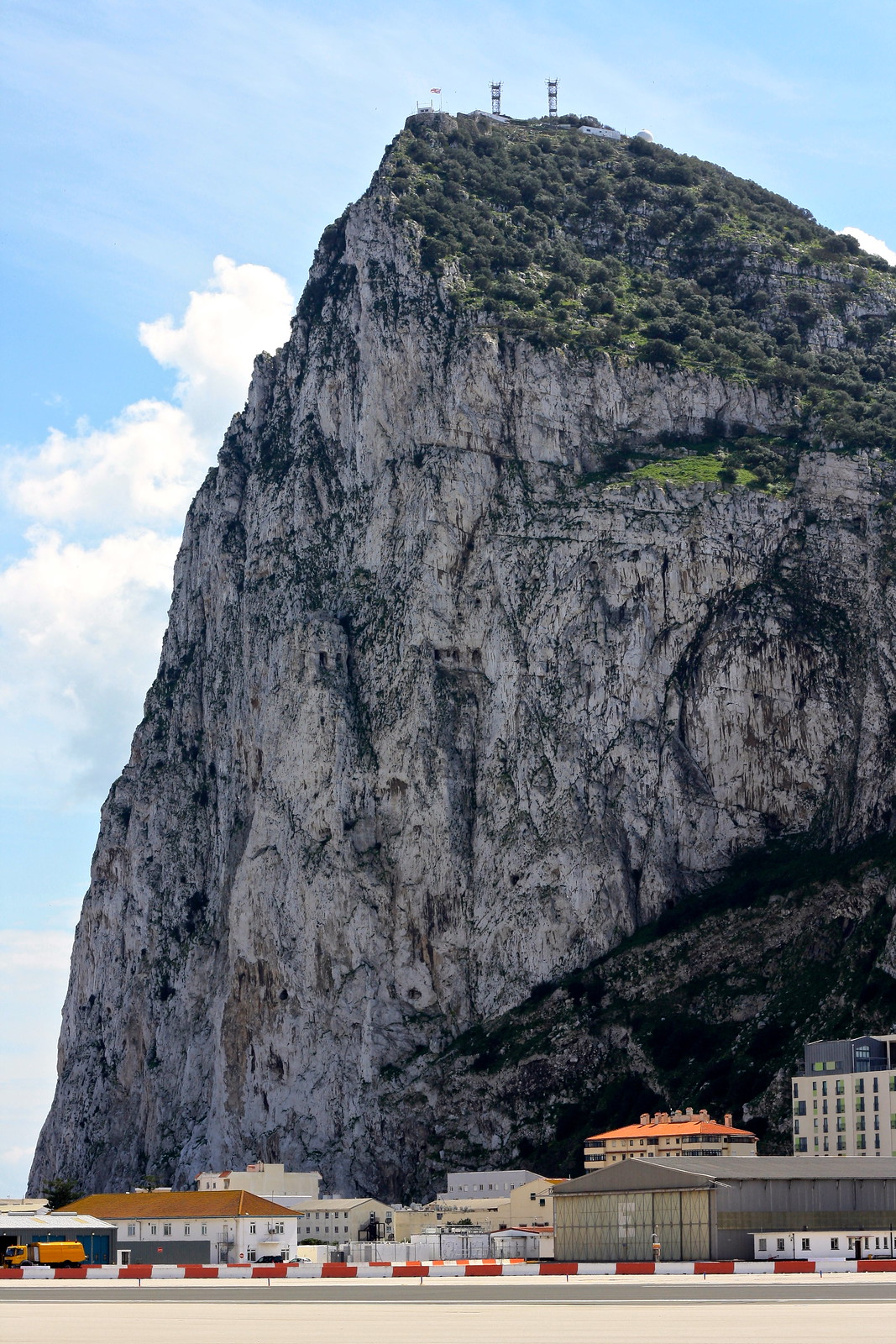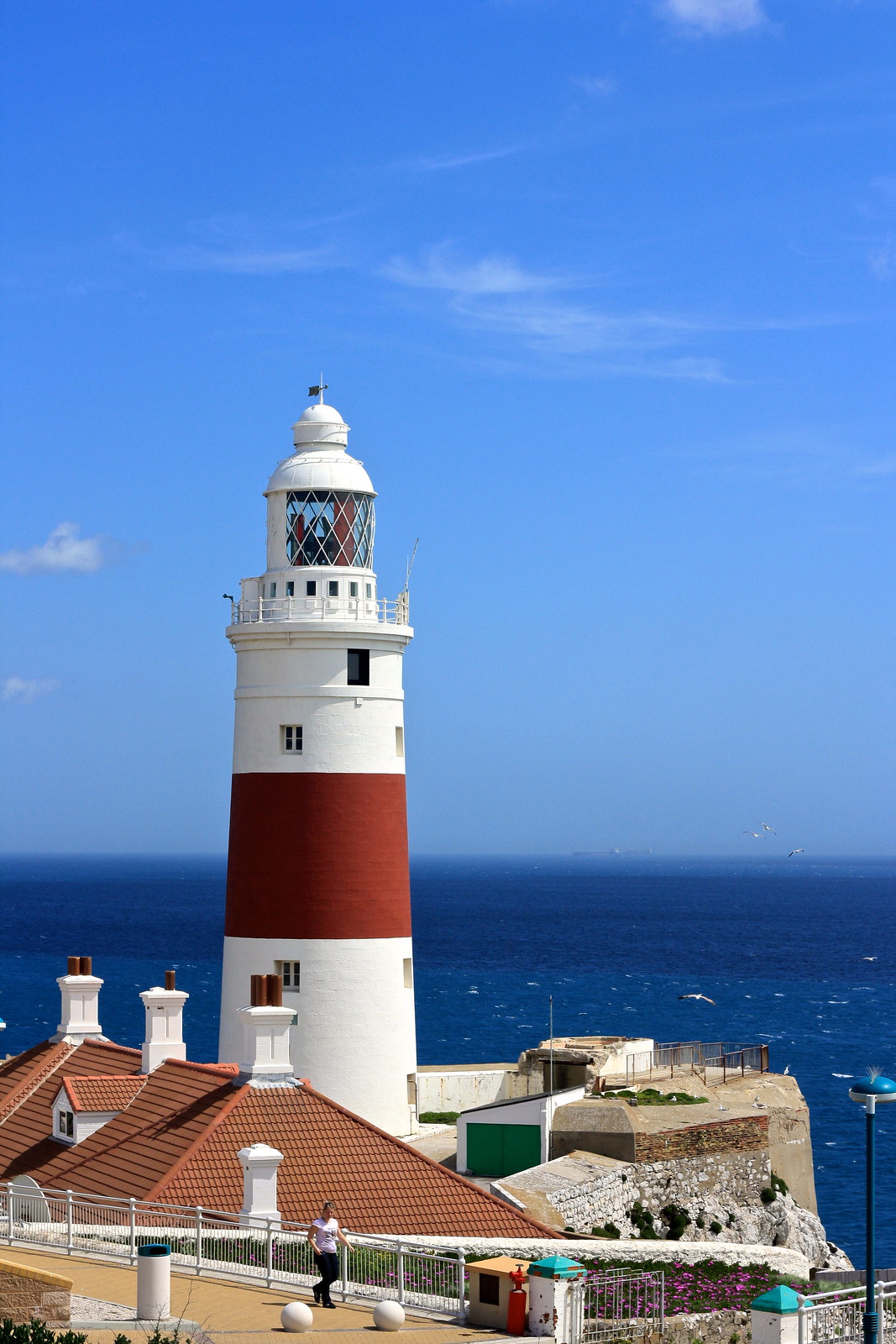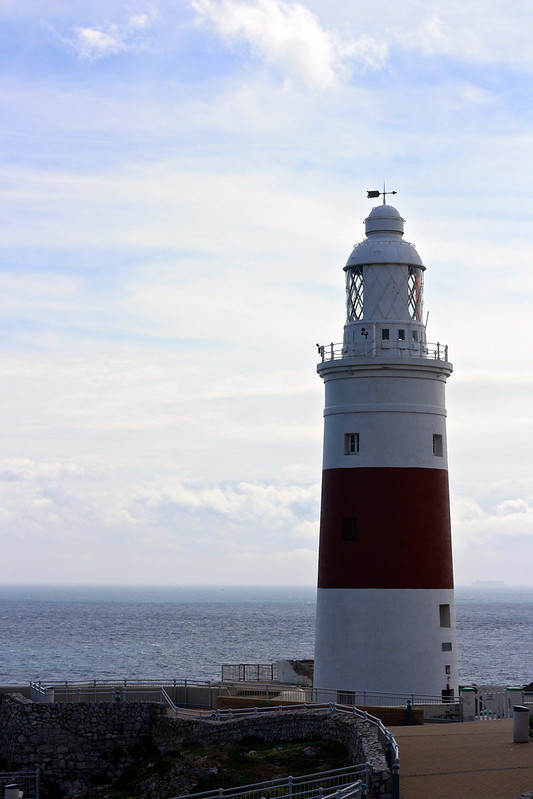Photo Post: An Ape-Free Visit to Gibraltar
 |
| The Rock of Gibraltar |
On my way back home from running around northern Morocco last spring, I decided to go out on a limb and check out Gibraltar on my layover between the sketchy port town of Algeciras and my train back to Jaén. Officially a “British Overseas Territory” (like Bermuda or the Falkland Islands), this slender peninsula that juts out from far southern Spain is as English as any place in England to the north.
 |
| Main Street |
It’s kind of hard to describe the culture shock I felt after crossing the
 |
| Gibraltarian-minted pounds |
The name “Gibraltar” comes from the Arabic Jabal Tariq (“Tariq’s Mountain”), a reference to General Tariq ibn Ziyad who led Muslim armies into the Iberian Peninsula and conquered the feeble Visigothic kingdom in 711 CE. The area was taken by Castilla in 1462 at the same time that the rest of Muslim-ruled far-southern Spain was falling to the Christian “re-conquest.”
Gibraltar (pronounced “khee-vrahl-TAHR” [xi.βɾalˈtaɾ] in Spanish) belonged to the Castilian crown for 242 years until the British invaded in 1704 during the War of the Spanish Succession. Since then, the tiny peninsula has become thoroughly anglicized over its 310-year history as a British territory. Ethnic Gibraltarians—who look a lot like their Andalusian neighbors—speak English and Spanish, as well as Llanito, the name for the fascinating codeswitching that goes on between the two languages.
 |
| Mosque at the southern tip |
After enjoying a scrumptious meal of fish and chips (which sounds a lot tastier in English than bacalao frito con patatas does in Spanish), I basically got lost in residential Gibraltar, ultimately finding my way through a tunnel out to the southernmost point of the island. Had I had more time to spare, I would have gone up to the Rock and hung out with the gregarious Barbary Apes—Europe’s only non-human primates—but I had to content myself with strolling by quaint English cottages and reading English signage for the first time in half a year, a stark change from the Spanish, French, and Arabic I had encountered so far that year.
The southern edge of Gibraltar was beautiful, mostly contained in a calm, green, tourist-free park that had a bright, white mosque and some ship-shape lighthouses for boundary stones. A small fleet of barges floated out in the Strait of Gibraltar, silently poised over the inky blue Mediterranean.
My time soon came to an end as I hopped on the city bus and left what little remained of my twenty pounds on the counter for a ticket. It wasn’t long before I was marching across the (still empty) runway, leaving the English-speaking world behind and re-entering the land of Spanish.
 |
| Lighthouse |
What was your favorite photo from this post? Have you ever been to Gibraltar before? Do you think Gibraltar should be returned to Spain? Add your comments to the discussion below!
